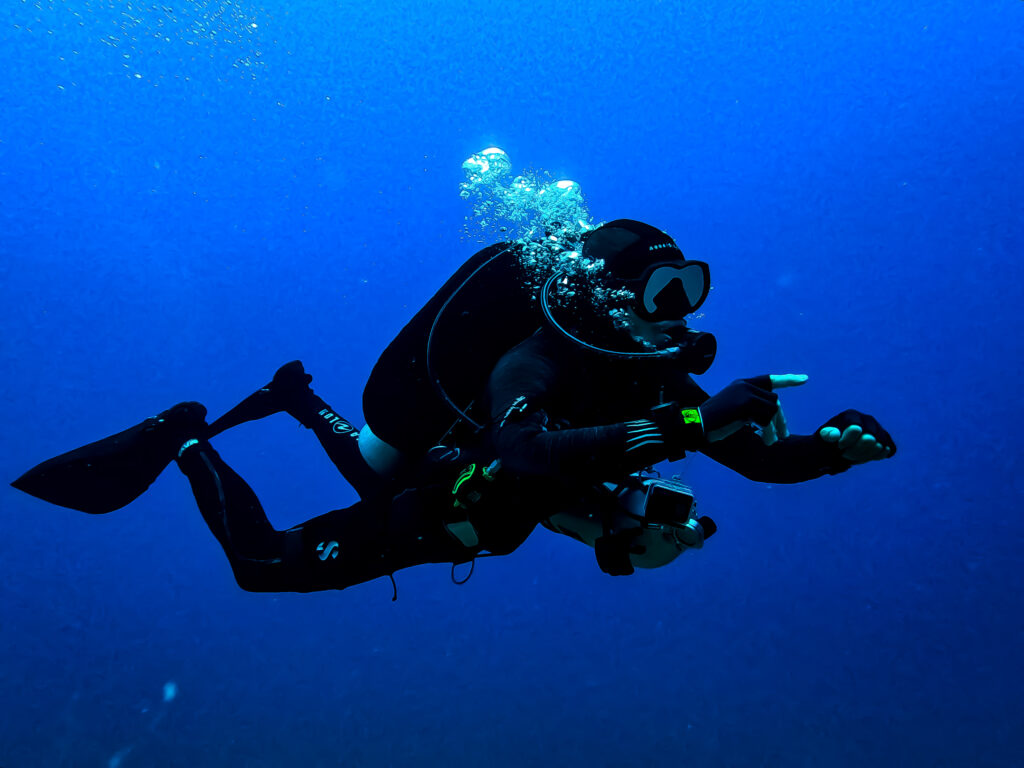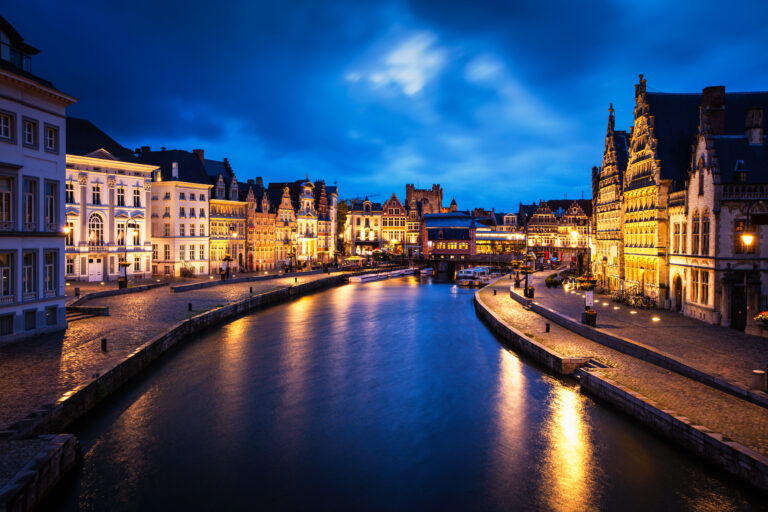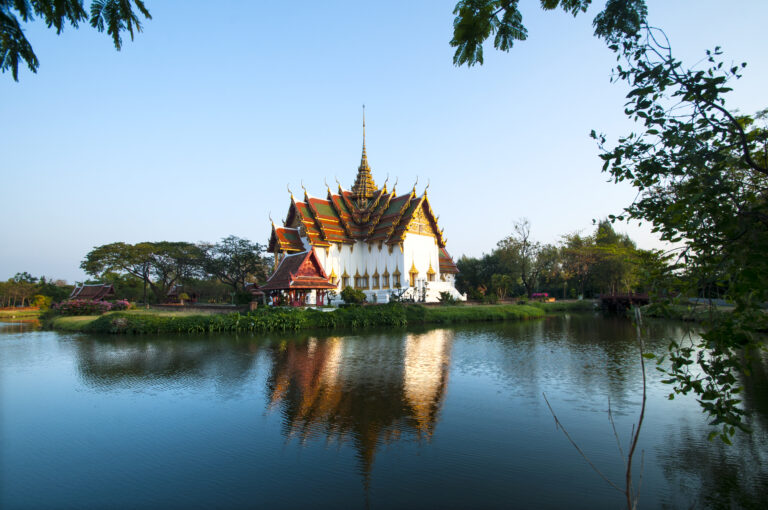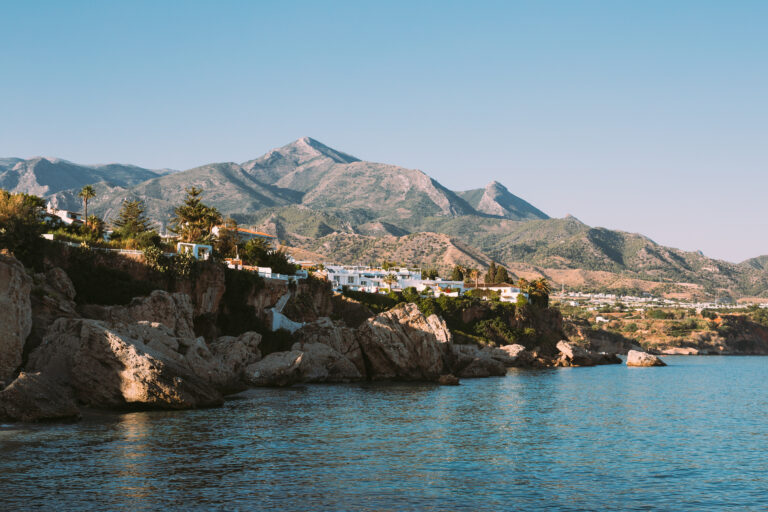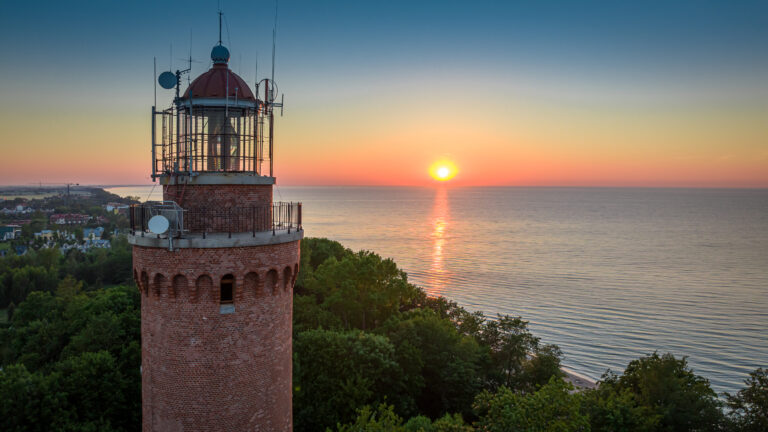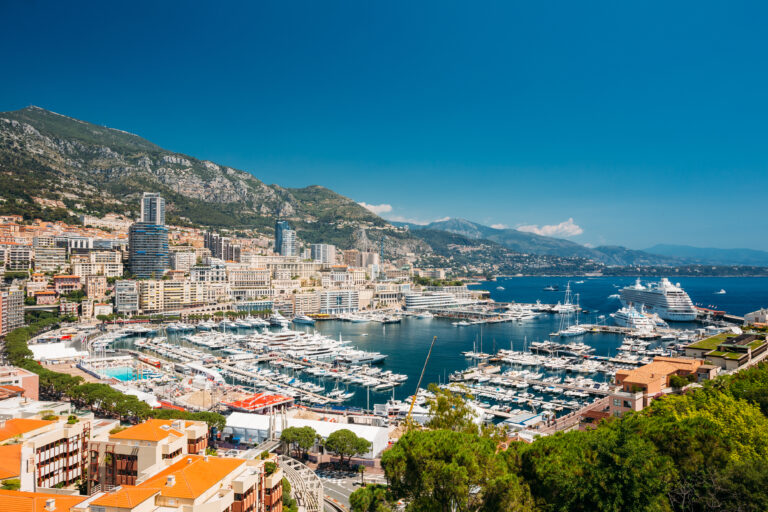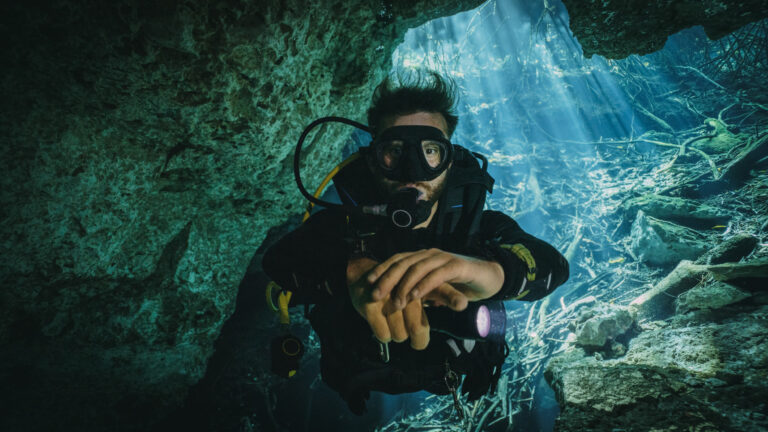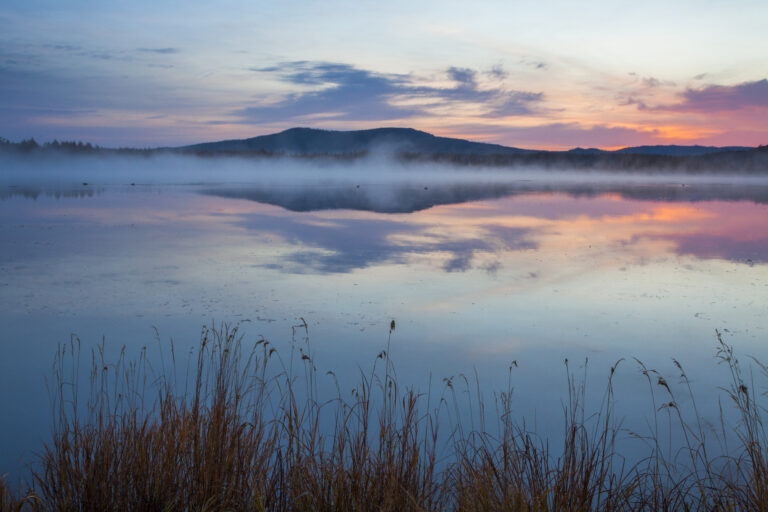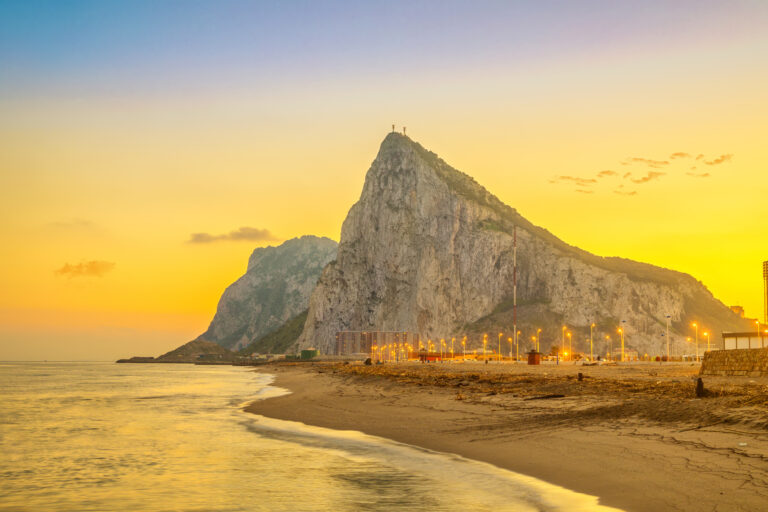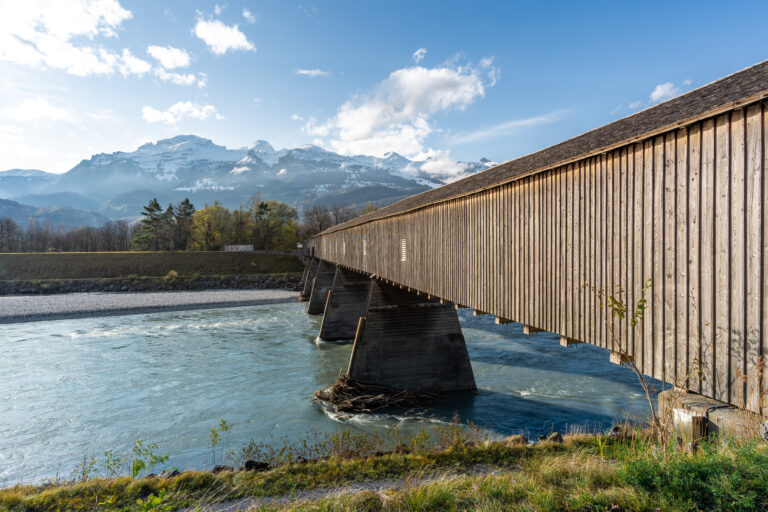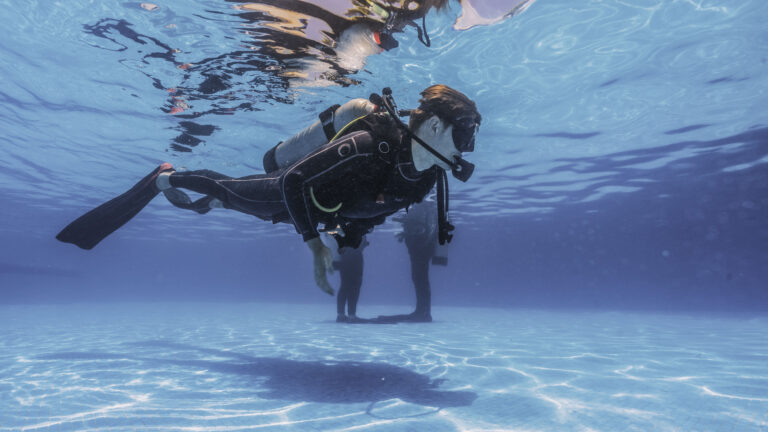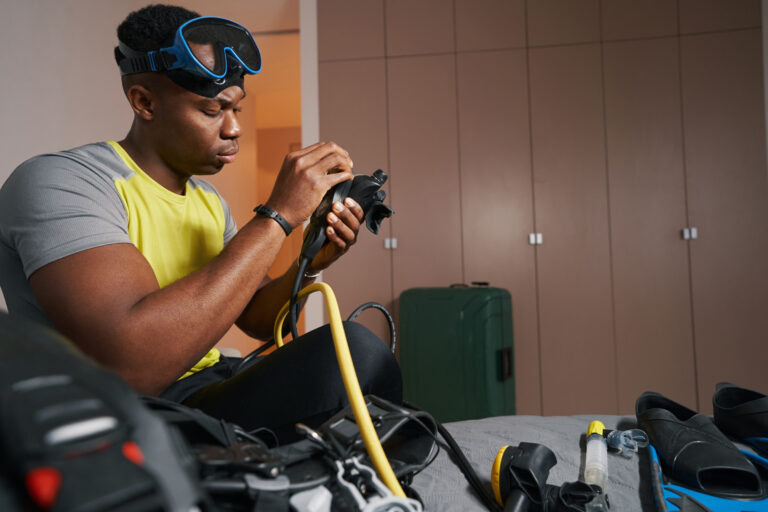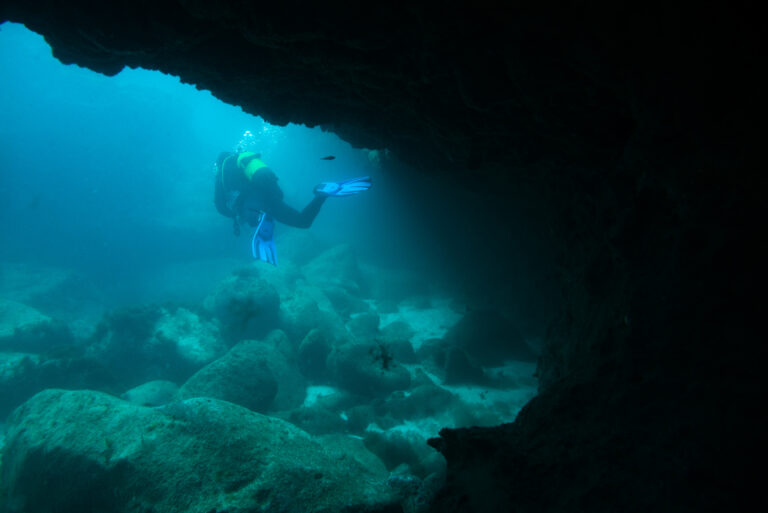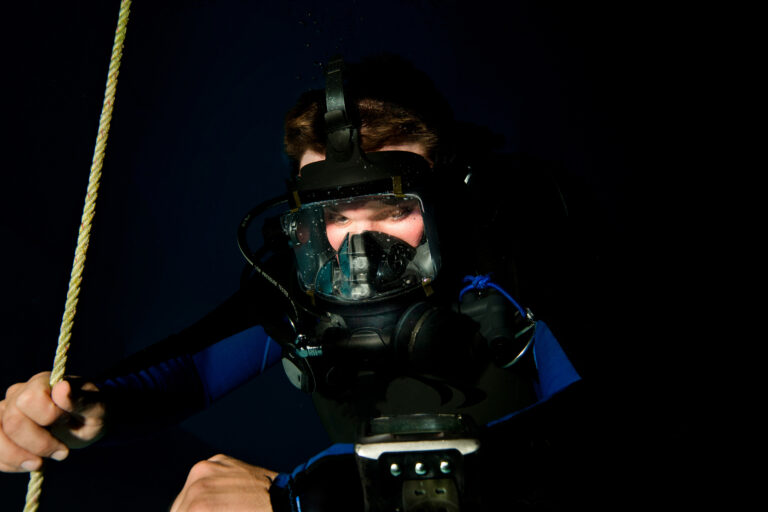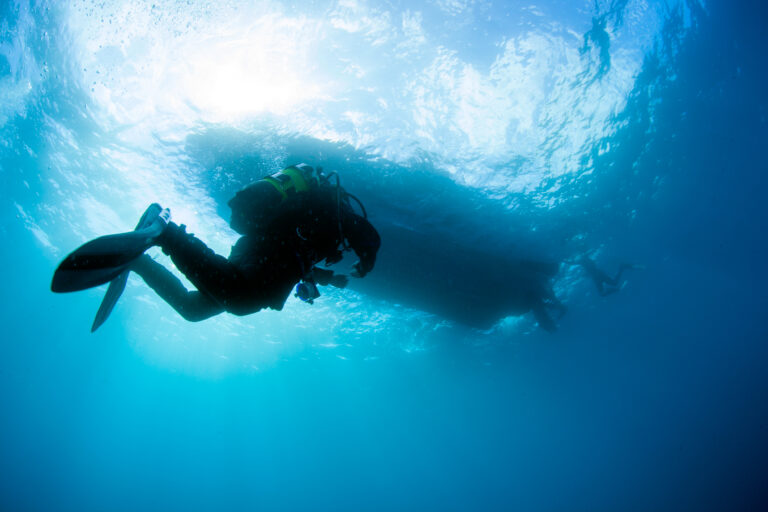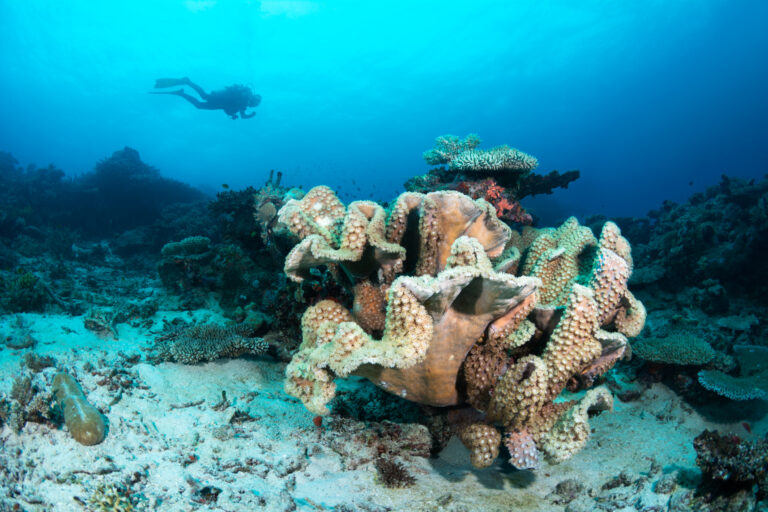Scuba Divers’ Travel Guide to Western New Guinea
Western New Guinea, the Indonesian part of the island of New Guinea, offers scuba divers a chance to explore one of the most biodiverse marine environments in the world. The region’s clear, warm waters are home to vibrant coral reefs, an abundance of fish species, and larger marine animals such as sharks and manta rays. The diverse underwater landscapes, including coral gardens, drop-offs, and mangrove forests, provide a range of diving experiences. Western New Guinea’s pristine marine environments and rich biodiversity make it a top destination for scuba travelers seeking unique and memorable underwater adventures.
Location and Geography
Nestled in the far eastern reaches of Indonesia, Western New Guinea, also known as Papua, is a scuba diver’s paradise, offering an unparalleled underwater experience. This vast region is bordered by the cerulean waters of the Pacific Ocean to the north, the Arafura Sea to the south, and shares its eastern boundary with Papua New Guinea. Western New Guinea’s geography is as diverse underwater as it is on land, featuring the world-renowned Raja Ampat islands, which lie at the heart of the Coral Triangle. This area is celebrated for its staggering biodiversity, including the richest marine life on the planet, with over 1,200 species of coral and 3,000 species of fish. The intricate coastline, dotted with idyllic islands, hidden bays, and deep sea trenches, provides an extraordinary backdrop for scuba diving adventures, making it a must-visit destination for divers seeking to explore the untouched beauty of one of the world’s last frontiers.
Visa and Entry Requirements
Travelers planning to explore the underwater wonders of Western New Guinea, a scuba diving paradise in Indonesia, must be mindful of visa and entry requirements. Most visitors can obtain a Visa on Arrival (VoA) for a stay of up to 30 days, which is extendable for another 30 days with an additional fee. This facility is available at major entry points, including airports and seaports. However, it’s crucial to check the latest regulations before your trip, as policies may change. Ensure your passport is valid for a minimum of six months from the date of entry and has at least one blank page for stamping. Nationals from countries not eligible for VoA must apply for a visa at an Indonesian embassy or consulate prior to arrival. Additionally, proof of return or onward travel and sufficient funds for your stay are typically required. Given Western New Guinea’s unique biodiversity and remote location, adhering to these entry requirements will ensure a smooth start to an unforgettable diving adventure.
Getting to Western New Guinea
Getting to Western New Guinea, a scuba diver’s paradise located in the eastern part of Indonesia, is an adventure in itself, offering a glimpse into the remote beauty that awaits beneath its waves. The primary gateway to this diving haven is through the city of Sorong, accessible by air from Jakarta, Makassar, or Bali with major Indonesian airlines such as Garuda Indonesia, Batik Air, and Sriwijaya Air. Upon arrival in Sorong, divers often transfer to liveaboard boats or catch a local ferry to reach the renowned diving spots around Raja Ampat or Cenderawasih Bay. For those seeking the untouched reefs and diverse marine life of Western New Guinea, the journey involves multiple steps, but the unparalleled underwater experiences awaiting in this biodiverse region make every effort worthwhile. Travelers should ensure they have all necessary permits and vaccinations in advance, as the remote nature of this destination requires thorough preparation.
Best Time to Dive
Getting to Western New Guinea, a scuba diver’s paradise located in the eastern part of Indonesia, is an adventure in itself, offering a glimpse into the remote beauty that awaits beneath its waves. The primary gateway to this diving haven is through the city of Sorong, accessible by air from Jakarta, Makassar, or Bali with major Indonesian airlines such as Garuda Indonesia, Batik Air, and Sriwijaya Air. Upon arrival in Sorong, divers often transfer to liveaboard boats or catch a local ferry to reach the renowned diving spots around Raja Ampat or Cenderawasih Bay. For those seeking the untouched reefs and diverse marine life of Western New Guinea, the journey involves multiple steps, but the unparalleled underwater experiences awaiting in this biodiverse region make every effort worthwhile. Travelers should ensure they have all necessary permits and vaccinations in advance, as the remote nature of this destination requires thorough preparation.
Accommodation Options
In the enchanting region of Western New Guinea, scuba diving enthusiasts will find a variety of accommodation options tailored to suit every preference and budget. From eco-friendly dive resorts nestled on pristine beaches to luxurious liveaboard vessels that offer the convenience of waking up directly above the dive sites, the choices are as diverse as the marine life beneath the waves. For those seeking a more immersive experience, traditional guesthouses in local villages provide a unique opportunity to connect with the indigenous cultures while supporting community-based tourism. Meanwhile, international hotels in larger towns like Sorong serve as gateways to the renowned dive spots of Raja Ampat, offering comfortable stays with modern amenities. Regardless of where you choose to rest your head, the warm hospitality of Western New Guinea will ensure your diving adventure is both memorable and comfortable.
Dive Operators and Dive Shops
In the pristine waters of Western New Guinea, a hidden gem within Indonesia’s vast archipelago, dive operators and shops are your gateway to some of the most breathtaking underwater experiences on the planet. This region, particularly around Raja Ampat, is renowned for its staggering biodiversity, making it a bucket-list destination for divers worldwide. The dive shops here are well-equipped and staffed by professionals who not only know the local waters like the back of their hand but are also deeply committed to conservation efforts. Whether you’re looking to explore the vibrant coral reefs, encounter majestic manta rays, or drift along in the gentle currents while surrounded by schools of tropical fish, the local dive operators offer a range of services from gear rental to PADI-certified courses and guided dive trips. They cater to all levels of experience, from beginners to seasoned divers, ensuring safety and unforgettable underwater adventures. With their intimate knowledge of the best dive sites, hidden underwater treasures, and optimal diving conditions, these dive shops are your indispensable partners in exploring the underwater paradise of Western New Guinea.
Transportation within Western New Guinea
Transportation within Western New Guinea, a region renowned for its pristine diving spots, requires a bit of planning due to its rugged terrain and limited infrastructure. The primary mode of reaching the remote dive sites is by small, local boats, often arranged through dive resorts or local operators in coastal towns such as Sorong and Manokwari. For longer distances, especially between the mainland and the surrounding islands like the famed Raja Ampat, travelers rely on ferries and speedboats, which offer a scenic journey across the turquoise waters. Internal flights connect major towns and are a quick way to traverse the large distances across the province, with airlines like Susi Air providing access to more secluded areas. While road networks exist, they are often limited to the vicinity of larger towns, making boat and air travel the most efficient ways to explore the underwater wonders of Western New Guinea.
Currency and Payment Methods
In Western New Guinea, the official currency is the Indonesian Rupiah (IDR), which is essential for travelers to have on hand for smaller purchases and local transactions. While major towns and dive resorts may accept credit cards, particularly Visa and MasterCard, it’s important to note that many smaller establishments, local markets, and remote dive sites operate on a cash-only basis. Therefore, it’s advisable for divers and travelers to carry sufficient cash, especially when venturing into more secluded areas. ATMs are available in larger towns and cities, but their presence diminishes significantly in remote locations. Additionally, currency exchange services are more readily available in urban centers, so it’s prudent to exchange or withdraw enough Rupiah before heading to more isolated diving spots. Always ensure you have a mix of larger bills for bigger purchases and smaller denominations for everyday expenses to facilitate smoother transactions during your underwater adventure in Western New Guinea.
Language and Communication
In the enchanting waters of Western New Guinea, a region celebrated for its unparalleled marine biodiversity, communication transcends the barriers of language, uniting scuba divers from around the globe in their shared passion for the underwater world. However, the primary language spoken on the surface is Indonesian, with a rich mosaic of local languages and dialects reflecting the area’s diverse cultural heritage. For a seamless diving experience, it’s advisable for visitors to familiarize themselves with basic Indonesian phrases or consider the assistance of local guides who are not only proficient in English but also deeply knowledgeable about the unique marine life and diving spots of the region. Dive briefings and safety instructions are commonly conducted in English in most dive centers, ensuring that divers of all linguistic backgrounds can explore the underwater wonders of Western New Guinea with confidence and ease.
Local Culture and Attractions
Western New Guinea, part of Indonesia and often referred to as Papua, offers a unique blend of breathtaking underwater experiences and rich, diverse local culture that captivates every visitor. Above the surface, this region is a tapestry of vibrant traditions and natural beauty. The indigenous Papuan tribes, with their fascinating customs, elaborate ceremonies, and intricate art, provide an insightful glimpse into the area’s cultural heritage. Visitors can explore the Baliem Valley, home to the Dani people, or witness the Asmat tribe’s renowned woodcarving skills. The lush landscapes of Western New Guinea, from the misty highlands to the dense tropical forests, are not only a haven for rare wildlife but also offer hiking, bird watching, and the chance to see the stunning Raja Ampat islands from a panoramic viewpoint. The harmonious blend of extraordinary marine life and the allure of ancient cultures makes Western New Guinea an unparalleled destination for those looking to enrich their scuba diving adventures with cultural depth and natural wonders.
Cultural Etiquette and Tips
When embarking on a scuba diving adventure in Western New Guinea, it’s essential to approach the local customs and communities with respect and sensitivity. The indigenous peoples of this region, including the Papuans, have a deep connection to their land and sea, viewing them as sacred spaces. As a visitor, always seek permission before diving near traditional fishing grounds or sacred sites, which can often be identified by local guides or dive operators. Demonstrating interest in local traditions, such as participating in a customary welcome ceremony or learning a few phrases in the local language, can greatly enhance mutual respect and understanding. Environmental consciousness is paramount; ensure that you follow all guidelines to minimize your impact on the marine ecosystem. Remember, taking nothing but pictures and leaving nothing but bubbles is not just a diving mantra but a practice of respect towards the pristine waters and vibrant cultures of Western New Guinea.
Local Laws and Regulations Relevant to Tourists
In Western New Guinea, also known as Papua, scuba diving enthusiasts are welcomed into a world of underwater splendor, but must navigate a unique set of local laws and regulations to ensure both their safety and the preservation of the marine environment. Before plunging into the crystal-clear waters, divers should be aware that the region requires all divers to be certified and to dive with a locally registered dive operator. This is part of Papua’s commitment to safeguarding its delicate coral reefs and diverse marine life. Additionally, certain areas may be designated as protected zones, where specific restrictions on diving activities and the collection of marine specimens are strictly enforced. Tourists are also advised to respect local customs and environmental guidelines, such as not touching or feeding the marine wildlife. It’s essential to check with your dive operator for the most current regulations, as these can change and may vary from one location to another within Western New Guinea. Compliance with these rules not only ensures a memorable diving experience but also contributes to the conservation efforts in this breathtaking part of the world.
Safety Tips and Emergency Contacts
When planning a scuba diving adventure in Western New Guinea, prioritizing safety and being prepared for emergencies are paramount. Due to the region’s remote nature, ensure you’re well-acquainted with the local emergency procedures and have the contact information for the nearest decompression chambers and medical facilities specializing in diving-related injuries. Always dive within your certification limits, and consider the local conditions, such as strong currents and unique marine life, by consulting with experienced dive operators in the area. It’s crucial to carry a reliable means of communication, such as a marine radio or a satellite phone, especially when diving in secluded spots. Additionally, participating in a dive briefing and checking your equipment thoroughly before each dive can significantly reduce risks. Remember, the beauty of Western New Guinea’s underwater world is best enjoyed with the utmost respect for safety protocols and environmental conservation practices.
Health and Travel Insurance
When planning a scuba diving adventure to Western New Guinea, an enchanting region known for its vibrant coral reefs and diverse marine life, it’s crucial to prioritize your health and travel insurance. The remote beauty of this destination, while part of its allure, means that access to comprehensive medical facilities can be limited, especially in the more secluded diving spots. Therefore, securing a travel insurance policy that includes coverage for scuba diving and potential medical evacuation is essential. Given the specific risks associated with diving, such as decompression sickness, it’s advisable to look for policies that offer coverage for hyperbaric treatment. Additionally, considering the adventurous nature of traveling to Western New Guinea, ensure your insurance covers other unexpected events like trip cancellations, lost gear, or emergency repatriation. Taking these precautions will not only give you peace of mind but also ensure that you can fully immerse yourself in the underwater wonders of Western New Guinea, knowing you’re well protected.

